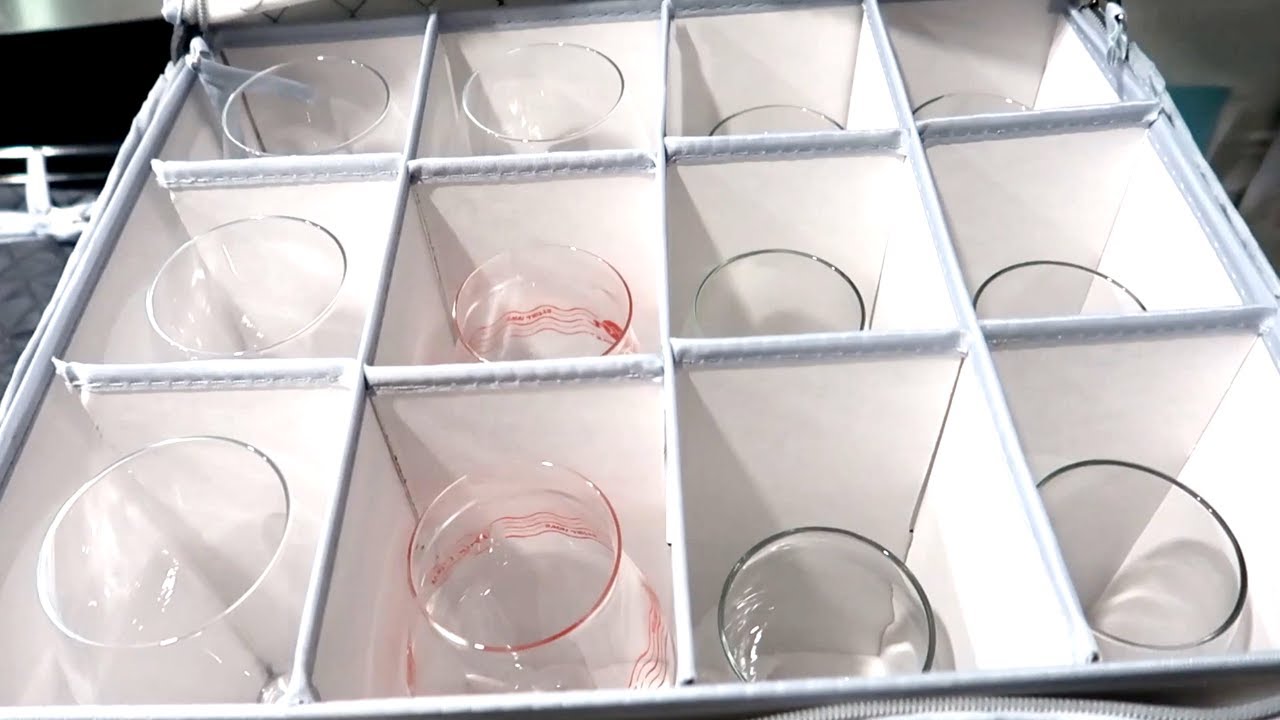

Tableware
How To Store China Dinnerware
Modified: January 5, 2024
Learn the best practices for storing your tableware and keeping your china dinnerware safe and protected. Find out how to store your tableware properly to prevent damage and prolong its lifespan.
(Many of the links in this article redirect to a specific reviewed product. Your purchase of these products through affiliate links helps to generate commission for Storables.com, at no extra cost. Learn more)
Introduction
Welcome to the world of fine tableware! Whether you have inherited your grandmother’s heirloom china or invested in a beautiful set of bone china dinnerware, it’s essential to know how to store and protect these delicate pieces. Proper storage ensures that your china remains in pristine condition for years to come, ready to be used for special occasions or passed down to future generations.
In this article, we will guide you through the steps of storing your china dinnerware correctly. From selecting the right storage location to protecting it from moisture and dust, we’ll cover everything you need to know. So let’s get started and learn how to store your china dinnerware like a pro!
Key Takeaways:
- Properly storing china dinnerware involves selecting the right location, preparing the dishes, choosing suitable storage containers, and protecting them from moisture and dust. This ensures their longevity and preserves their beauty for future generations.
- By following the steps outlined in this guide, you can safeguard your investment and ensure that your cherished china dinnerware remains in excellent condition, ready to be used for special occasions or passed down to future generations.
Read more: How To Store China Without A China Cabinet
Step 1: Selecting the Right Storage Location
The first step in storing your china dinnerware is to choose the right storage location. Ideally, you want a place that is cool, dry, and away from direct sunlight. Excessive heat or extreme temperature fluctuations can cause the china to expand and contract, leading to cracks or damage. Sunlight can also fade the patterns on the dinnerware over time.
If possible, try to find a storage area that has a consistent temperature and humidity level. Avoid storing your china in attics, basements, or garages, as these areas are prone to extreme temperature changes and may have higher moisture levels.
You can consider dedicating a small portion of a cupboard or a cabinet specifically for your china dinnerware. This will ensure that the dishes are protected from accidental bumps or knocks that could potentially cause damage.
If space is limited, you can also use specially designed china storage cases or boxes. These cases often come with cushioned dividers or foam inserts to keep each piece separate and secure. They are a great option for those who need to store their china in a different location, such as a storage unit or a closet.
Step 2: Preparing the China Dinnerware
Before you start packing your china dinnerware for storage, it’s crucial to ensure that each piece is clean and dry. Any leftover food particles or moisture can attract pests and potentially damage the dishes over time. Follow these steps to prepare your china dinnerware for storage:
- Wash the dishes: Carefully hand wash each piece of china using a mild dishwashing detergent and warm water. Avoid using abrasive cleaners or scouring pads, as they can scratch the surface of the dishes. Rinse thoroughly to remove any soap residue.
- Dry the dishes: Use a soft, lint-free cloth to dry each piece of china thoroughly. Pay close attention to the nooks and crannies, ensuring that there is no moisture trapped anywhere.
- Inspect for damage: Take the time to inspect each piece of china for any signs of damage, such as cracks, chips, or crazing (fine lines on the glaze). Set aside any damaged pieces for repair or replacement.
- Separate different types of china: If you have different patterns or sets of china, it’s a good idea to separate them before packing. This will prevent any potential confusion and make it easier to retrieve specific pieces when needed.
By properly preparing your china dinnerware, you are setting the foundation for safe and secure storage. It ensures that your dishes are clean, dry, and free from any potential damage that could occur during storage.
Step 3: Choosing the Correct Storage Containers
Now that your china dinnerware is clean and dry, it’s time to choose the right storage containers. The containers you select should provide adequate protection and cushioning for the dishes. Here are a few options to consider:
- China Storage Cases: These are specifically designed for storing china dinnerware. They often come with built-in dividers and cushioned inserts to keep each piece separated and secure. Look for cases with sturdy construction and a secure closure to prevent dust and moisture from entering.
- Sturdy Cardboard Boxes: If you’re on a budget, sturdy cardboard boxes can be a good alternative. Look for boxes that are clean and in good condition, without any signs of damage or moisture. Line the boxes with acid-free tissue paper or soft cloth to provide extra cushioning for the china.
- Plastic Bins with Lids: Plastic bins with secure lids can also be used to store china dinnerware. Choose bins that are large enough to accommodate the dishes and have tight-fitting lids to keep out dust and moisture. It’s a good idea to place a layer of acid-free tissue paper or bubble wrap between each piece for added protection.
Whichever storage container you choose, make sure it is clean and free from any debris before placing your china dinnerware inside. Avoid using newspaper as a cushioning material, as the ink can transfer onto the dishes.
Remember to label each container with the contents to make it easier to locate specific pieces when needed. Consider using a waterproof marker or labeling stickers to ensure the labels stay intact.
Choosing the correct storage containers is crucial to ensure that your china dinnerware remains safe and protected during storage. Take the time to select containers that provide adequate cushioning and keep out dust and moisture.
Step 4: Wrapping Individual Pieces
Once you have selected the appropriate storage containers, it’s time to wrap each individual piece of your china dinnerware. This step provides an extra layer of protection against potential scratches, chips, or breaks. Here’s how to wrap your china:
- Acid-Free Tissue Paper: Start by placing a sheet of acid-free tissue paper on a clean, flat surface. This special tissue paper is free from any chemicals that could potentially damage the china. It provides a soft and protective layer for your dishes.
- Wrap Plates: Lay a plate flat in the center of the tissue paper. Pull one corner of the tissue paper over the plate, covering it completely. Repeat this process with the other three corners, ensuring that the plate is securely wrapped.
- Wrap Bowls and Cups: For bowls and cups, place a small amount of crumpled tissue paper inside to support the shape. Then, wrap them in the same manner as the plates, folding the corners of the tissue paper over and securing them.
- Secure with Tape: To keep the tissue paper in place, you can use a small piece of archival or acid-free tape. Avoid using regular tape, as it may leave a residue on the china.
Remember to wrap each piece of china individually, even if they are going to be stored together in a divided storage case or box. This will prevent them from rubbing against each other and causing potential damage.
If you have delicate or particularly fragile pieces, such as teacups with handles, consider placing them inside padded individual china sleeves or use bubble wrap for additional protection.
By wrapping each piece of china carefully, you are ensuring that they are well-protected from any potential damage during storage. It may take some extra time and effort, but it is worth it to preserve the beauty and integrity of your china dinnerware.
Store china dinnerware in a dedicated cabinet with soft shelf liners to prevent scratching. Use plate dividers to separate and protect each piece. Avoid stacking too many pieces to prevent breakage.
Read more: How To Store China
Step 5: Stacking and Arranging in Storage Containers
Now that your china dinnerware is wrapped and ready, it’s time to stack and arrange them in the chosen storage containers. Proper arrangement is important to avoid any shifting or movement that could lead to damage. Follow these guidelines for stacking and arranging your china:
- Stack Plates Vertically: When stacking plates, it is best to place them vertically on top of each other. This distributes the weight evenly and reduces the risk of pressure points that could lead to breakage. Place a layer of acid-free tissue paper or foam in between each plate to provide extra cushioning.
- Separate Bowls and Cups: Separate bowls and cups by placing a layer of acid-free tissue paper or foam in between. This prevents them from coming into contact with each other and potentially causing chips or cracks.
- Utilize Dividers or Inserts: If you are using a storage case with built-in dividers or foam inserts, utilize them to keep each piece separate and secure. Make sure the dividers fit snugly and are in good condition to protect the china.
- Fill Empty Spaces: Fill any empty spaces in the storage containers with additional acid-free tissue paper or soft cloth. This helps to prevent movement and provides extra protection against potential impact.
Take care not to stack the containers too high, as this may increase the risk of damage from falling or shifting. It’s better to use multiple containers if necessary, rather than overpacking a single container.
As you stack and arrange the china, periodically check for any signs of stress or pressure points. Readjust or rearrange the pieces as needed to ensure that they are securely positioned.
Properly stacking and arranging your china dinnerware in the storage containers is key to maintaining the integrity of the dishes. By following these guidelines, you can ensure that your china remains secure and protected during storage.
Step 6: Labeling and Organizing the Containers
Labeling and organizing the containers is an important step in storing your china dinnerware. It not only helps you locate specific pieces easily when needed but also keeps the storage area tidy and efficient. Follow these tips for effective labeling and organizing:
- Label Each Container: Using waterproof markers or labeling stickers, clearly label each storage container with the contents inside. Include details such as the pattern name, number of pieces, and any other relevant information. This will save you time and effort when you want to retrieve specific items in the future.
- Arrange by Set or Theme: If you have multiple sets of china or different themes, consider organizing the containers accordingly. Group similar patterns or sets together, making it easier to locate and retrieve specific pieces when needed.
- Store in Sequential Order: If you have a large collection of china, storing the containers in sequential order can be helpful. This means arranging them in the order of your preference or frequency of use. It prevents unnecessary shuffling or searching through multiple containers when you only need a specific set.
- Keep an Inventory List: Creating a detailed inventory list of your china dinnerware can be beneficial. List the contents of each container, along with any additional details such as the manufacturer, date of purchase, or sentimental value. It serves as a reference and aids in keeping track of your collection.
- Consider Digital Documentation: For a more advanced approach, take photos of each piece of china and store them digitally. This provides an extra layer of documentation and can be invaluable for insurance purposes or if you ever need to replace a lost or damaged item.
Remember to update your inventory list and labels whenever you add or remove pieces from the storage containers. This helps you maintain an accurate record of your china collection.
By thoroughly labeling and organizing the containers, you’ll have a systematic and efficient storage system for your china dinnerware. It ensures easy accessibility and minimizes the risk of damage during retrieval.
Step 7: Protecting the China Dinnerware from Moisture and Dust
Moisture and dust can pose a threat to your china dinnerware, potentially leading to damage or discoloration. To protect your precious dishes from these elements, follow these steps:
- Use Silica Gel Packets: Place silica gel packets inside the storage containers to absorb any excess moisture. Silica gel is a desiccant that helps maintain a dry environment, preventing the growth of mold or mildew on your china.
- Seal the Containers: Ensure that the storage containers are properly sealed to prevent dust and moisture from entering. Use containers with tight-fitting lids or consider wrapping the containers with plastic wrap for added protection.
- Avoid Direct Contact with the Floor: Keep the storage containers off the floor to minimize the risk of moisture seeping in. Place them on sturdy shelves or pallets, ensuring that the area is clean and dry.
- Regularly Dust the Storage Area: Dust the storage area regularly to prevent dust accumulation. Use a soft microfiber cloth or a feather duster to gently remove any dust particles that may settle on the containers or shelves.
- Avoid Extreme Temperature and Humidity: Maintain a consistent temperature and humidity level in the storage area. Extreme temperature fluctuations or high humidity can damage the china. Consider using a dehumidifier or air conditioner to regulate the environment, if necessary.
- Keep the Storage Area Clean: Clean the storage area periodically to prevent dirt or debris from accumulating. Vacuum the area or wipe down shelves to remove any dust or dirt that may have settled.
Remember to periodically check the storage containers for any signs of condensation or moisture. If you notice any, remove the chinaware and allow it to air-dry before placing it back in the storage containers.
By taking precautions to protect your china dinnerware from moisture and dust, you’ll ensure that your dishes remain in excellent condition, ready to be used and enjoyed for years to come.
Step 8: Periodically Inspecting and Cleaning
Even though your china dinnerware is safely stored, it’s essential to periodically inspect and clean it to maintain its quality and beauty. Follow these steps to keep your china in pristine condition:
- Regular Inspection: Every few months, take the time to inspect your stored china for any signs of damage, such as cracks, chips, or discoloration. If you notice any issues, address them promptly to prevent further damage.
- Gentle Cleaning: Periodically clean your china to remove any dust or dirt that may have accumulated. Use a soft, lint-free cloth or a sponge to gently wipe the surfaces. Avoid using harsh abrasives or scouring pads that could scratch the delicate glaze.
- Deep Cleaning: If your china requires a deeper clean, wash it by hand using a mild, non-abrasive dishwashing detergent and warm water. Gently scrub the surfaces with a soft sponge or cloth. Rinse thoroughly and dry with a soft towel.
- Handle with Care: When handling your china, be mindful of how you hold and lift the pieces. Support the bottom and avoid putting too much pressure on any fragile areas, such as handles or rims.
- Avoid Extreme Temperatures: When using your china, avoid exposing it to extreme temperatures. Avoid placing hot dishes directly on cold surfaces or vice versa, as this can cause the china to crack.
- Protect from Direct Sunlight: Display your china away from direct sunlight. Prolonged exposure to sunlight can fade the patterns and colors over time.
- Rotate Usage: To ensure even wear and prevent any one piece from being used excessively, consider rotating the use of your china dinnerware. Use different sets or patterns for different occasions.
By periodically inspecting and cleaning your china dinnerware, you’re actively maintaining its condition and ensuring its longevity. Regular care and attention will help preserve the beauty and value of your cherished pieces.
Read more: How To Store China Dishes
Conclusion
Storing your china dinnerware correctly is essential for preserving its beauty, value, and functionality. By following the steps outlined in this guide, you can ensure that your cherished dishes remain in excellent condition, ready to be used for special occasions or passed down to future generations.
From selecting the right storage location to protecting your china from moisture and dust, each step plays a vital role in maintaining the integrity of your dinnerware. Proper preparation, wrapping, stacking, organizing, and periodic inspection and cleaning are key factors in preserving the beauty and longevity of your china.
Remember to choose the appropriate storage containers, use protective measures against moisture and dust, and handle your china with care during storage and use. By taking these precautions, you can safeguard your investment and ensure that your china remains a cherished part of your home for years to come.
So, make the most out of your fine china dinnerware collection by following these guidelines. With proper storage and care, you can enjoy the timeless elegance and beauty of your china for generations to come.
Frequently Asked Questions about How To Store China Dinnerware
Was this page helpful?
At Storables.com, we guarantee accurate and reliable information. Our content, validated by Expert Board Contributors, is crafted following stringent Editorial Policies. We're committed to providing you with well-researched, expert-backed insights for all your informational needs.
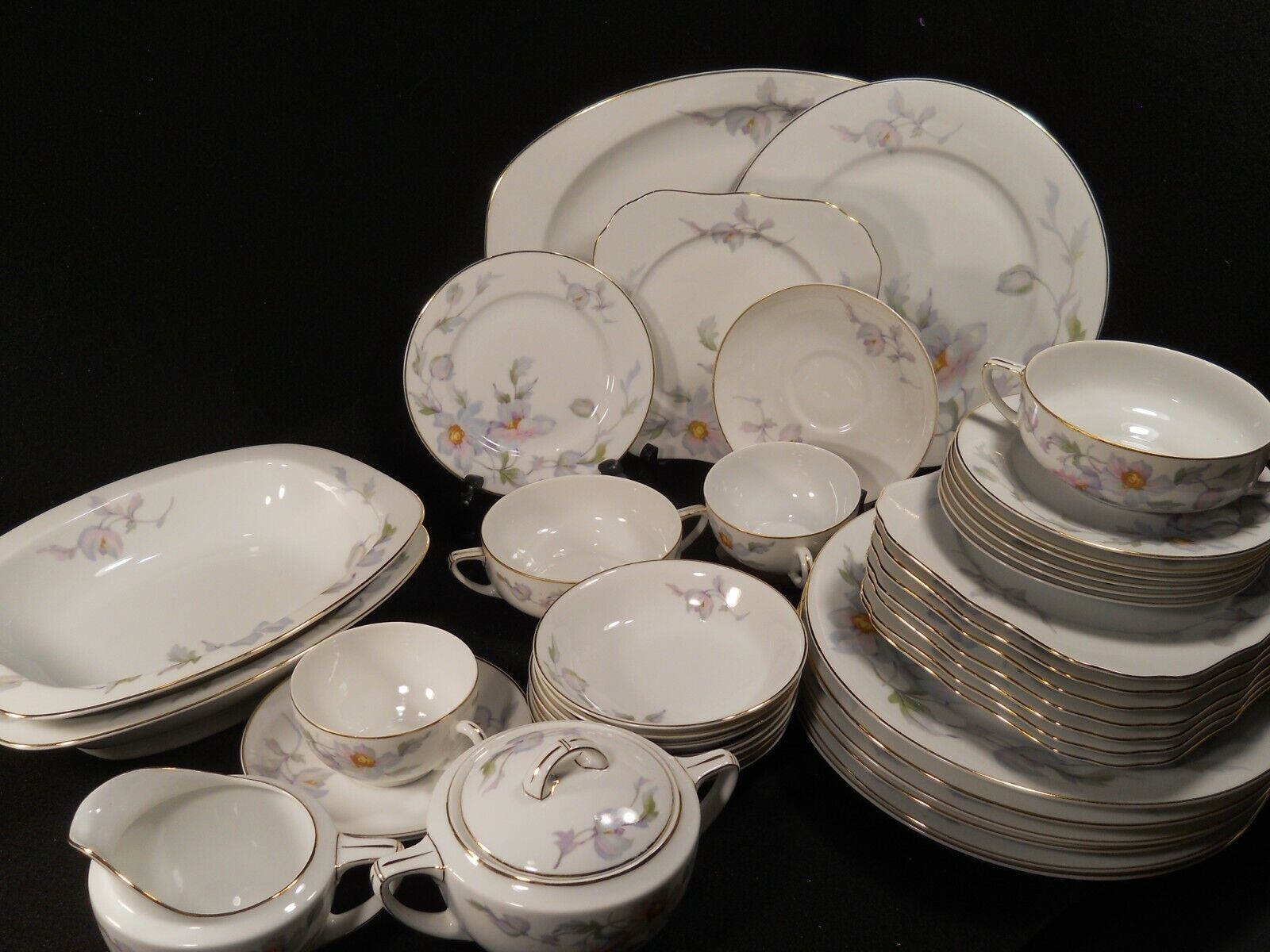
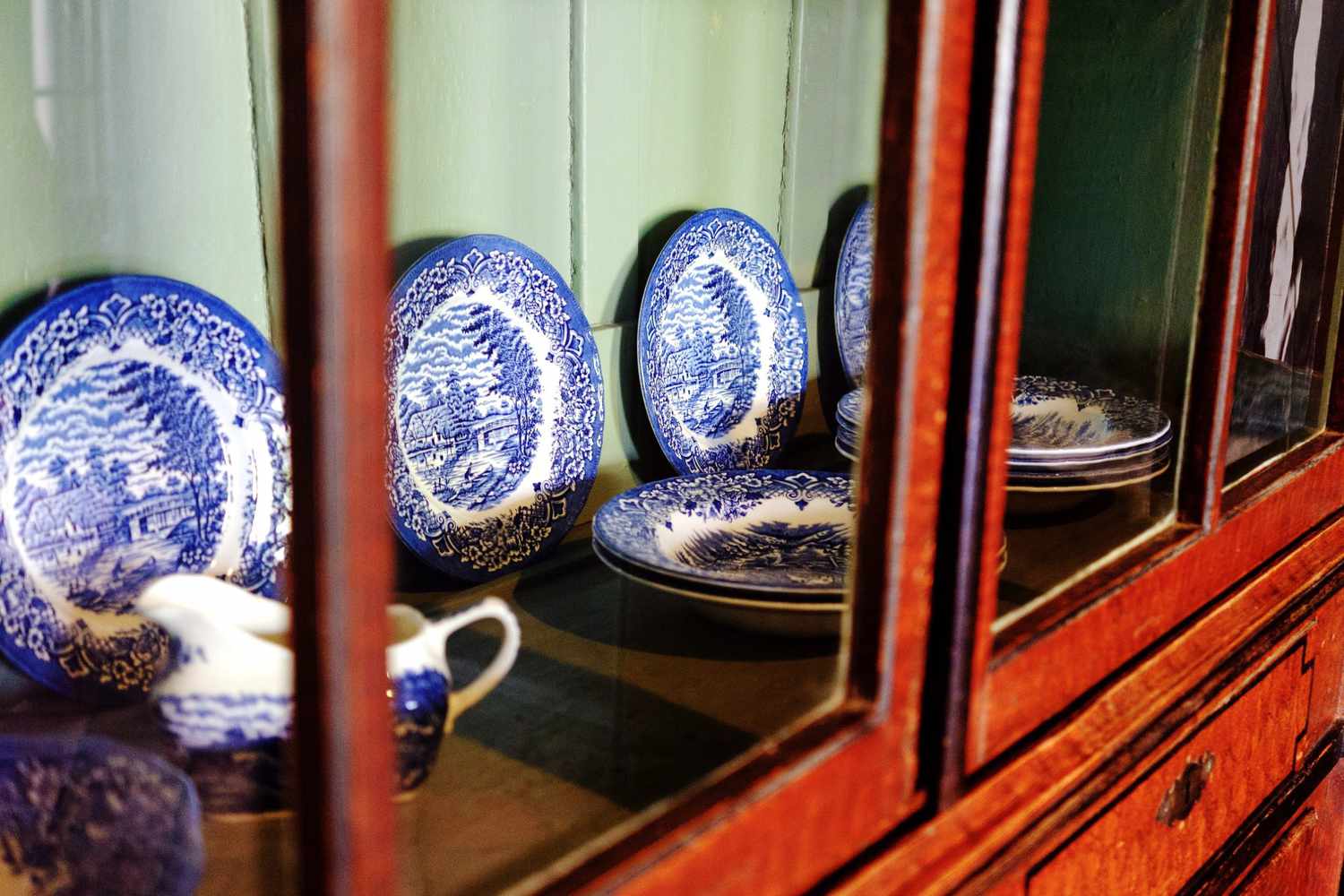
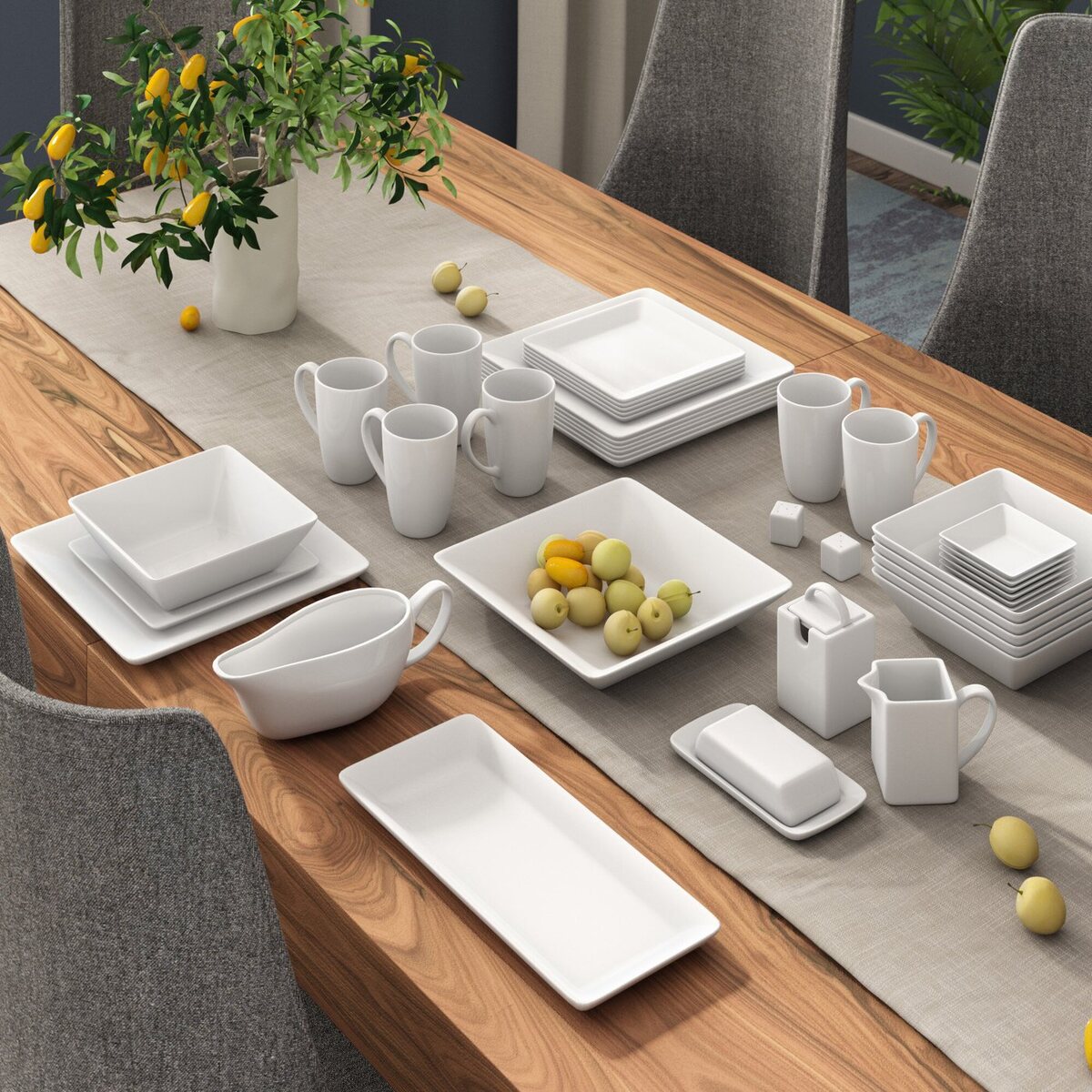
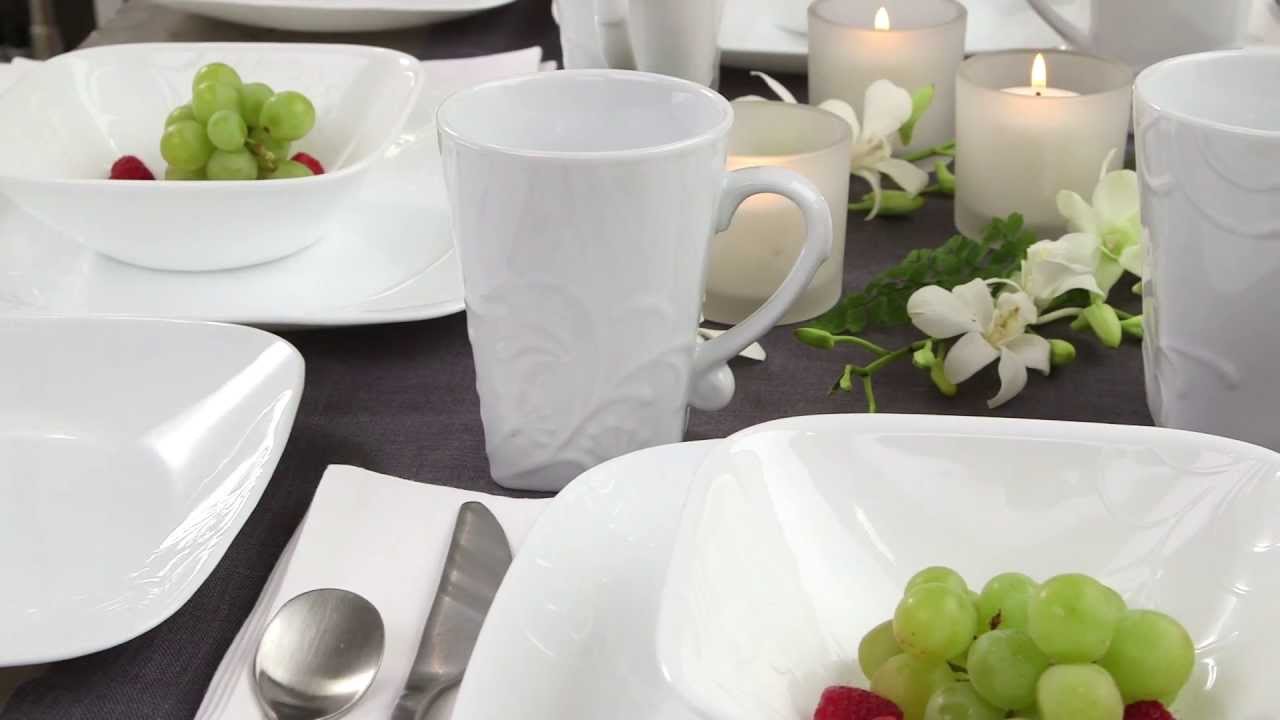
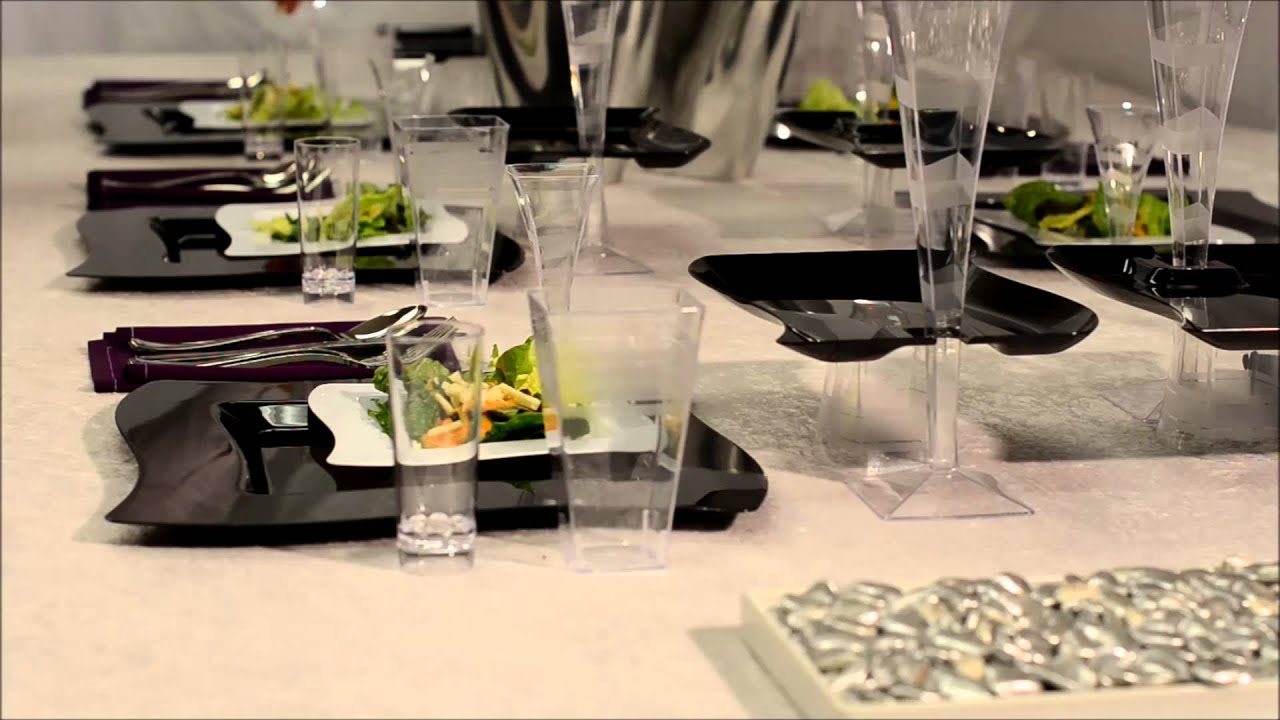
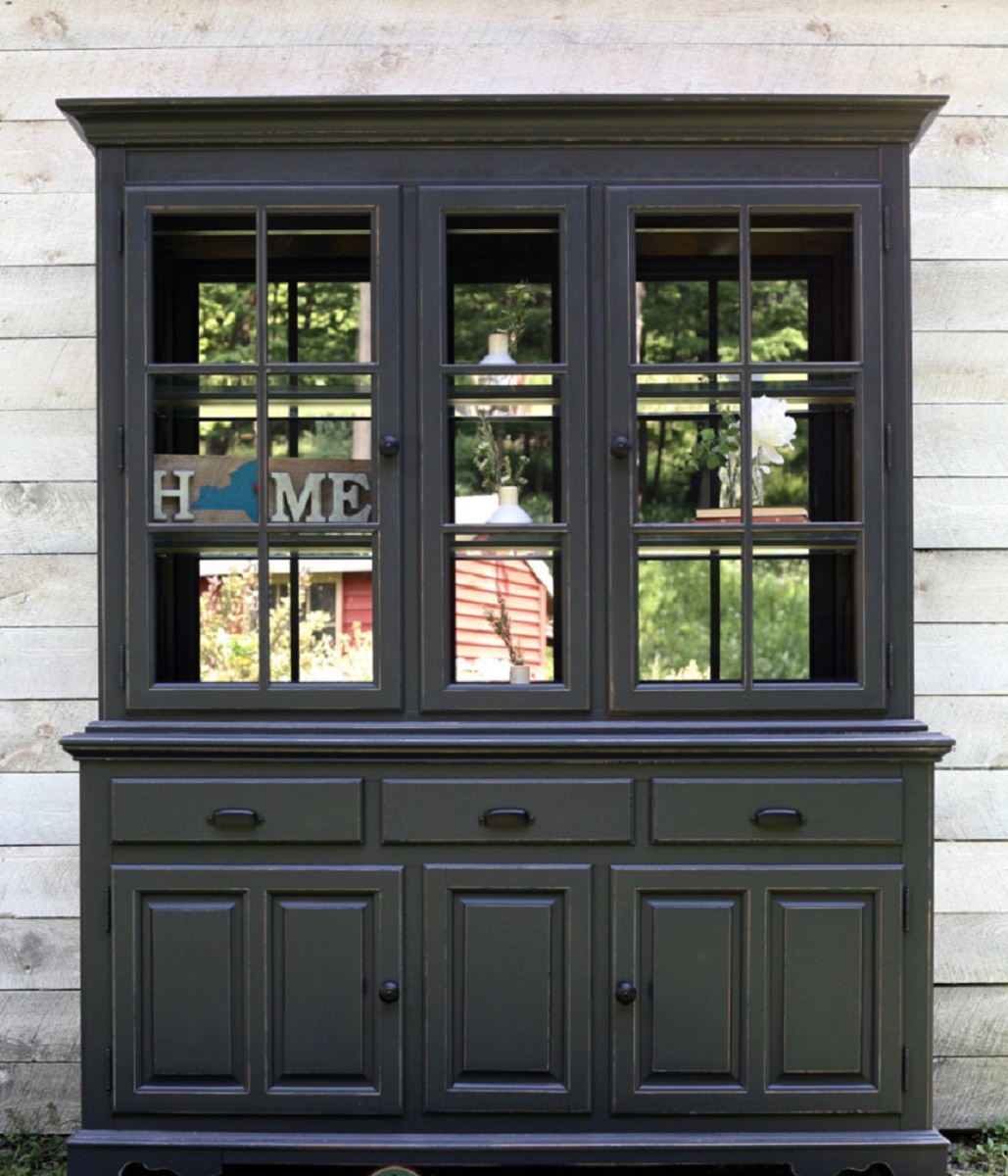
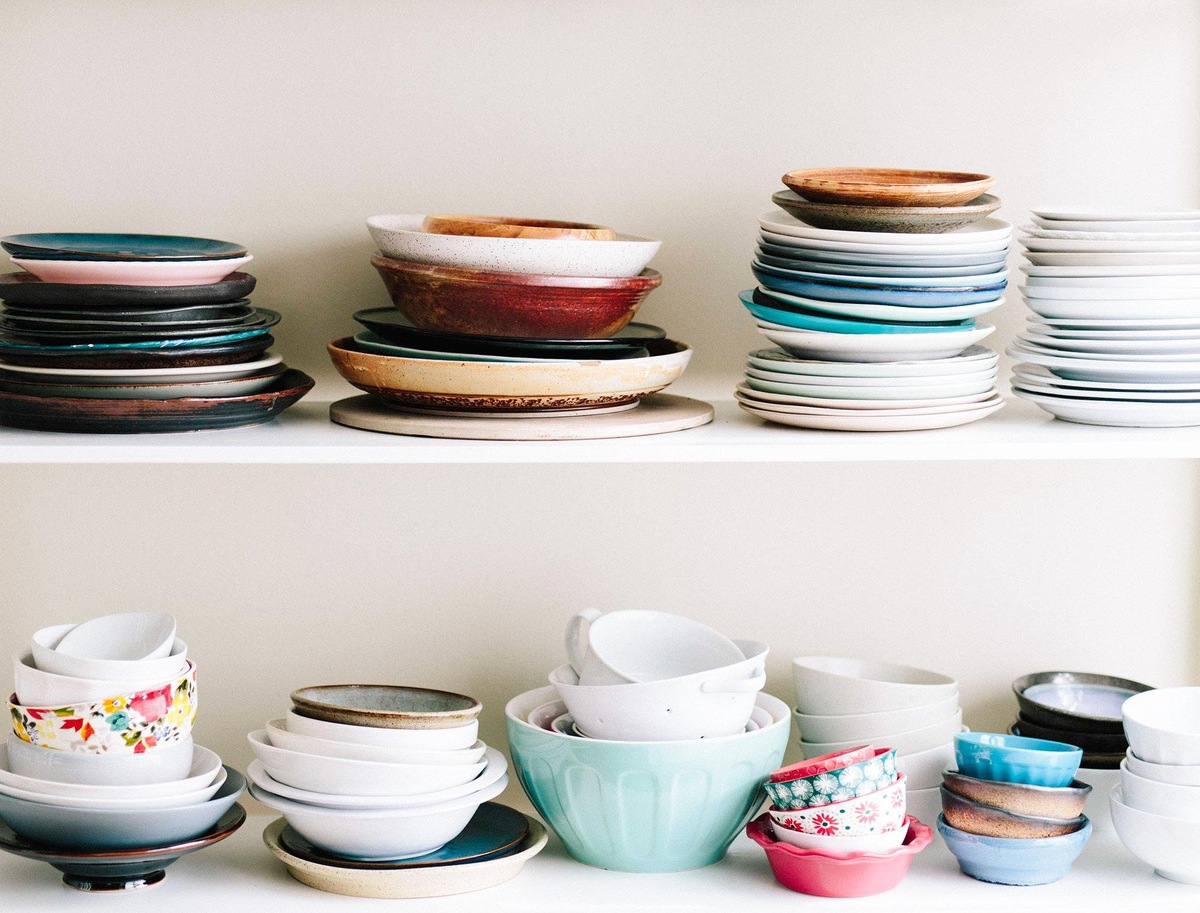
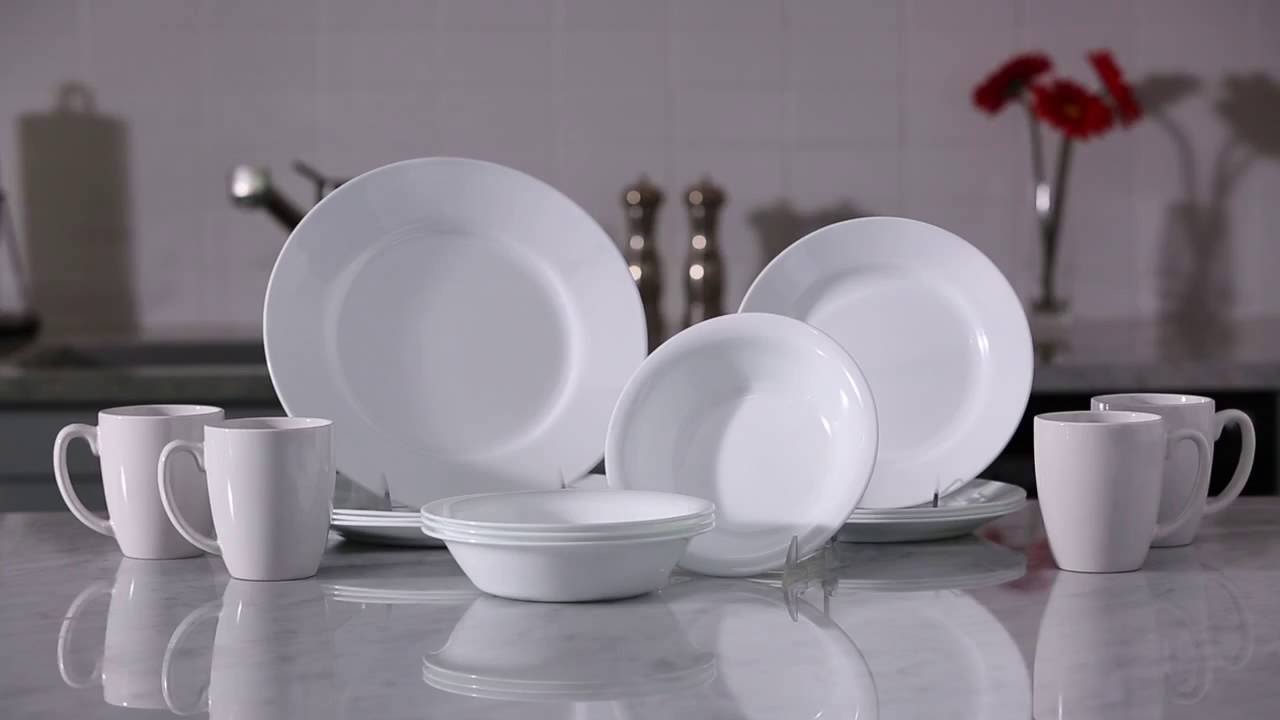
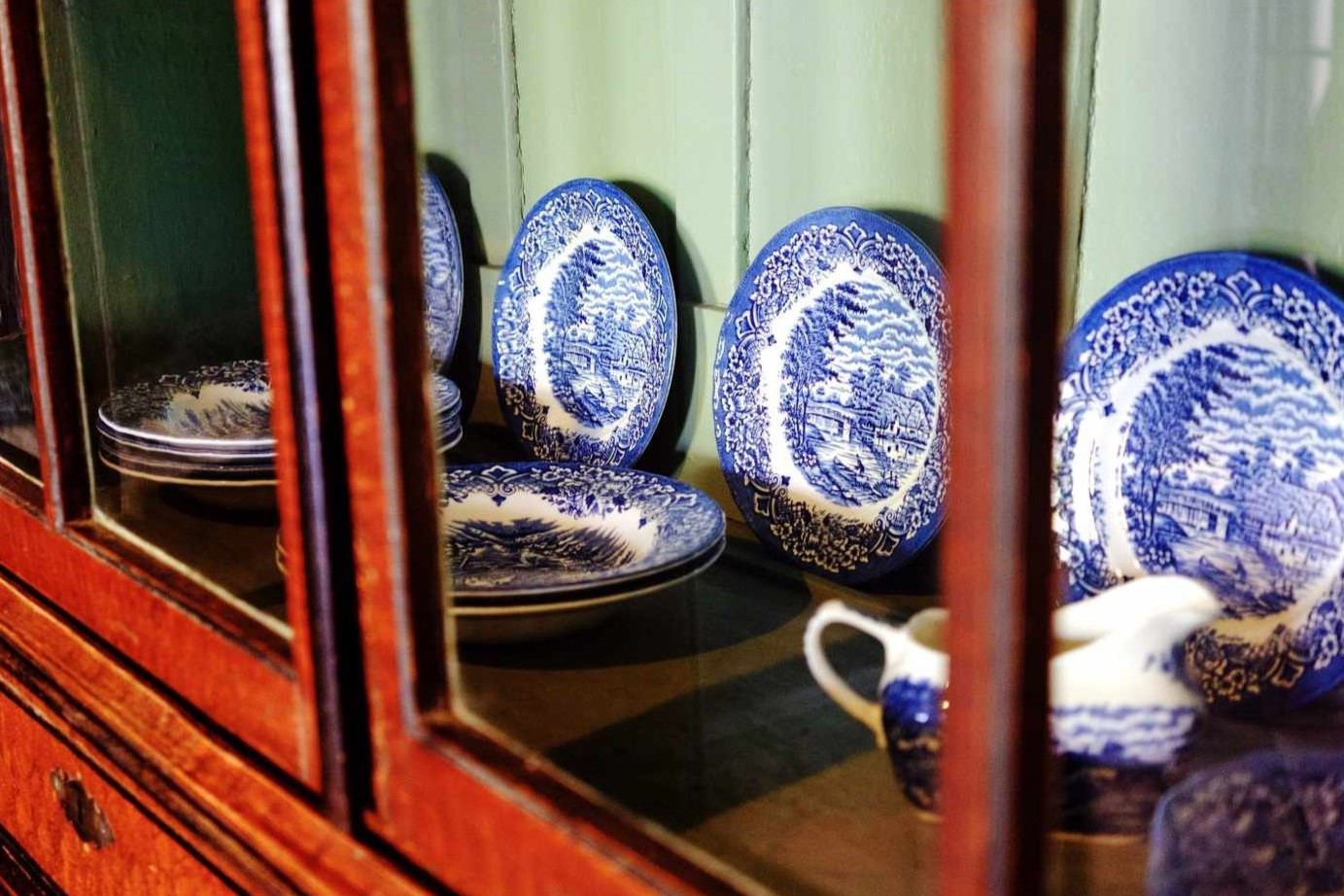
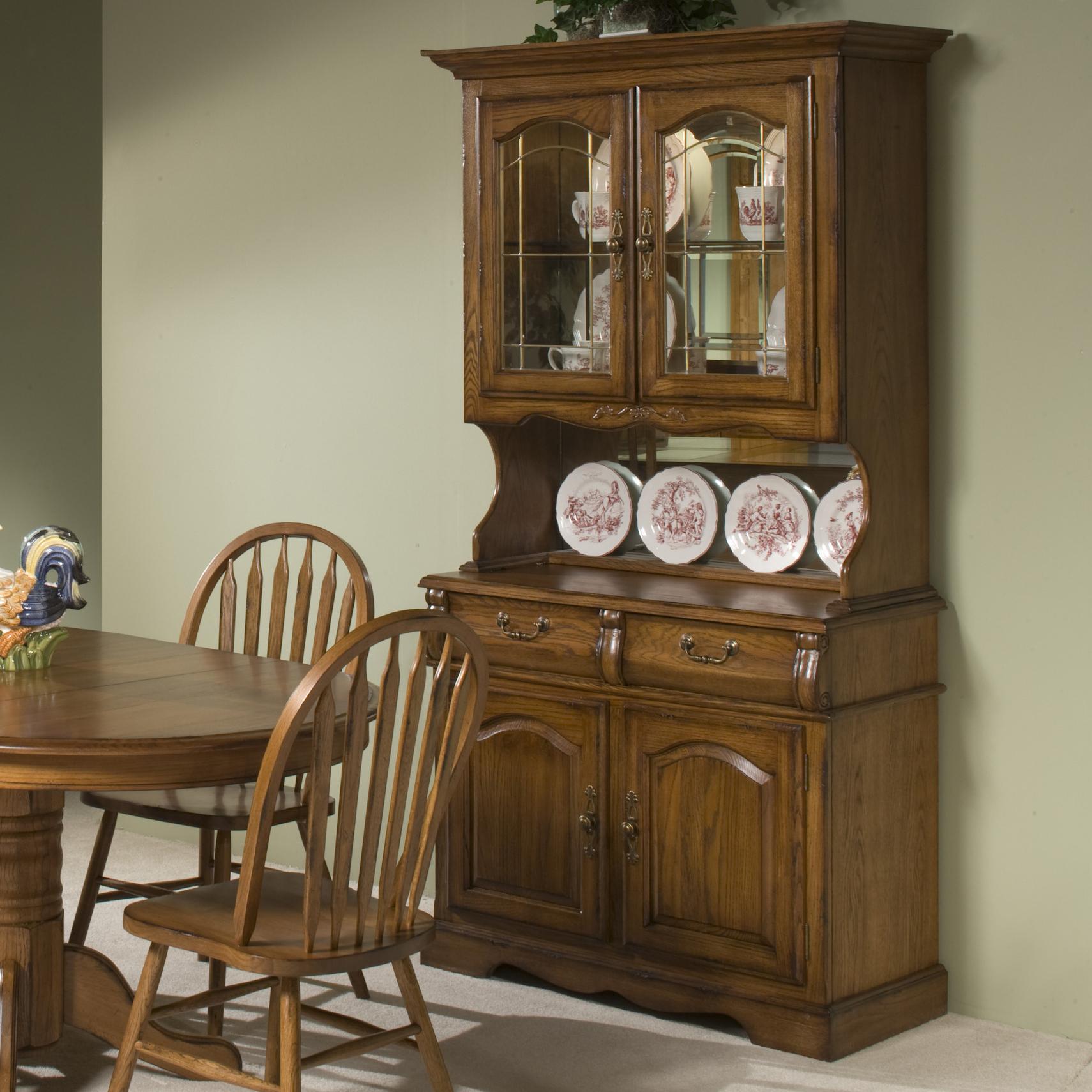
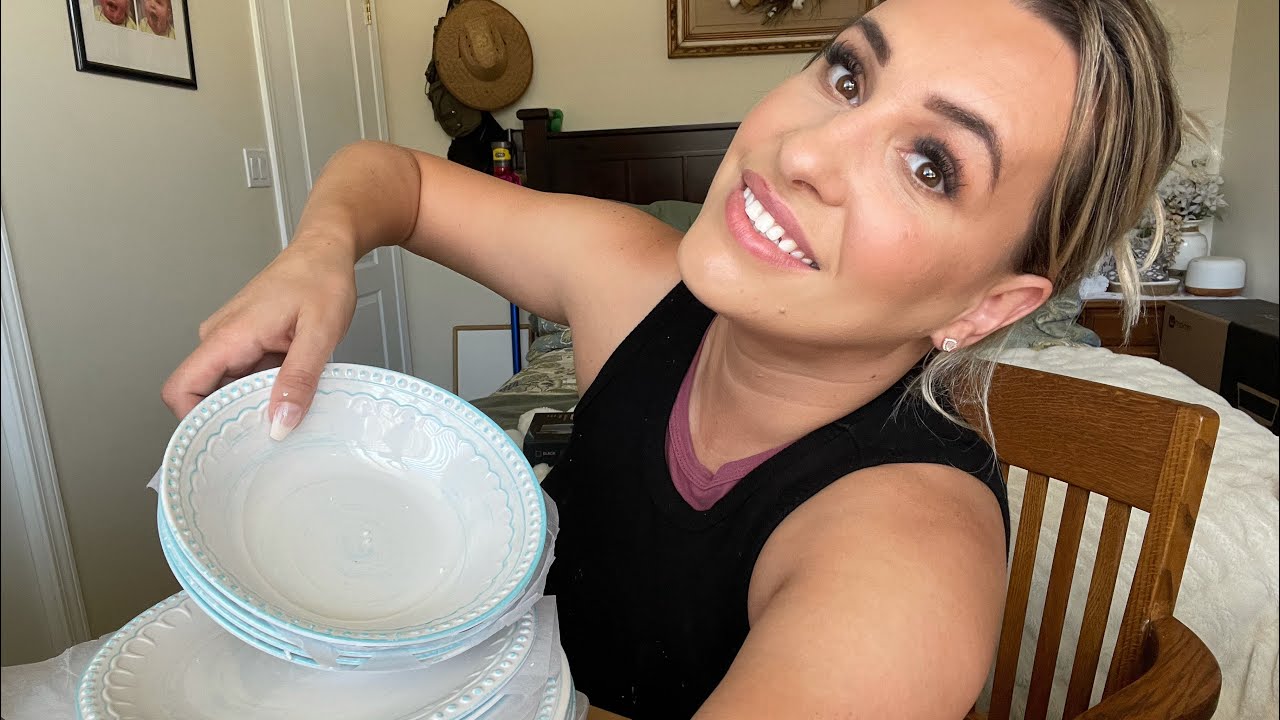
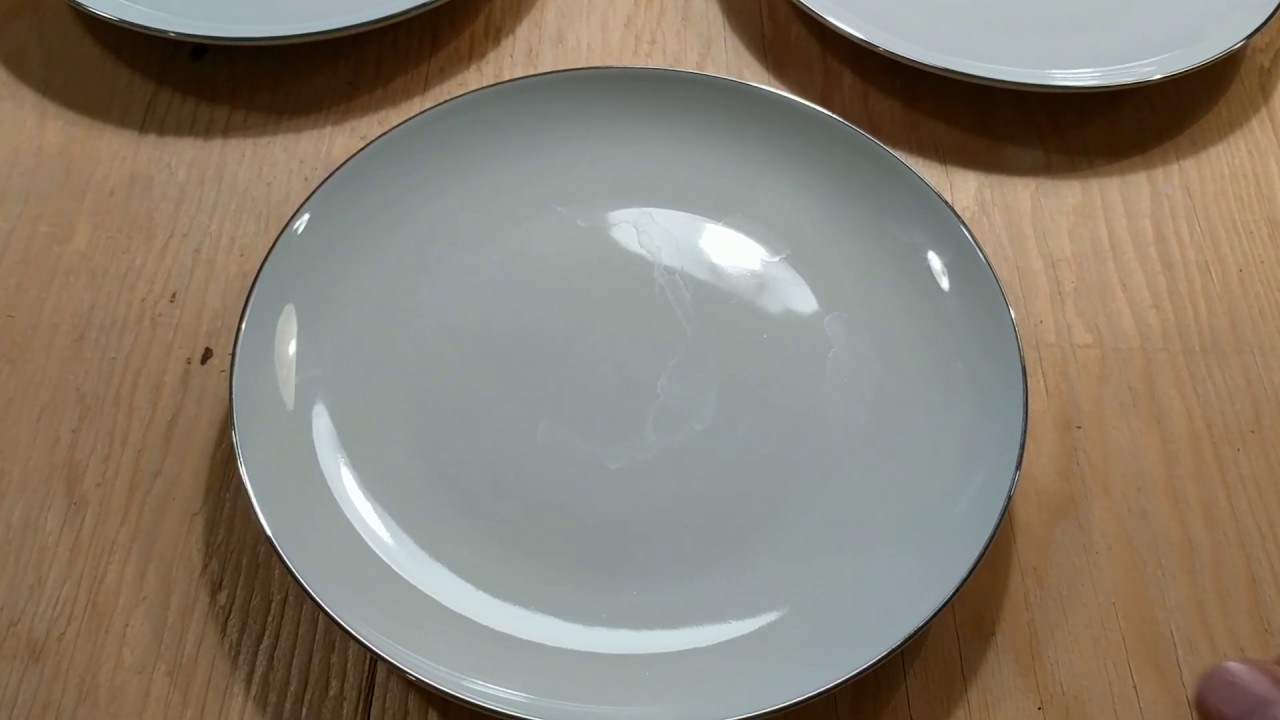
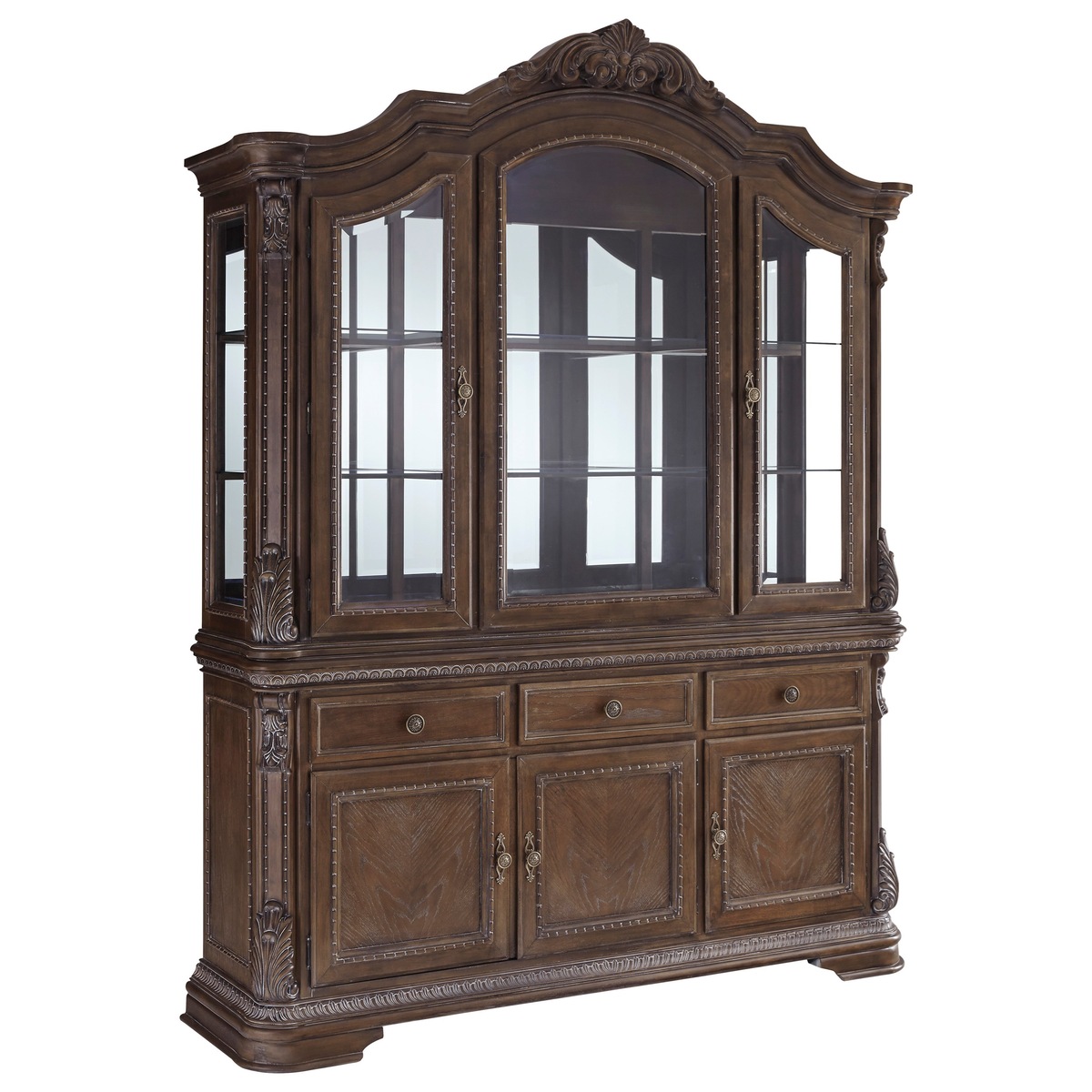

0 thoughts on “How To Store China Dinnerware”